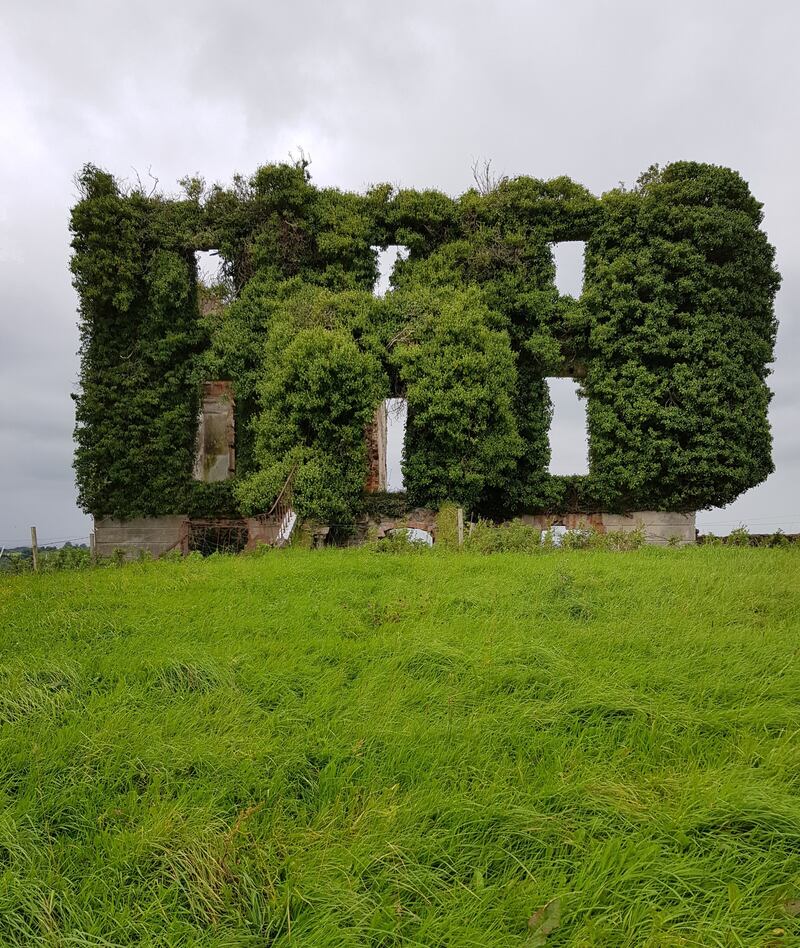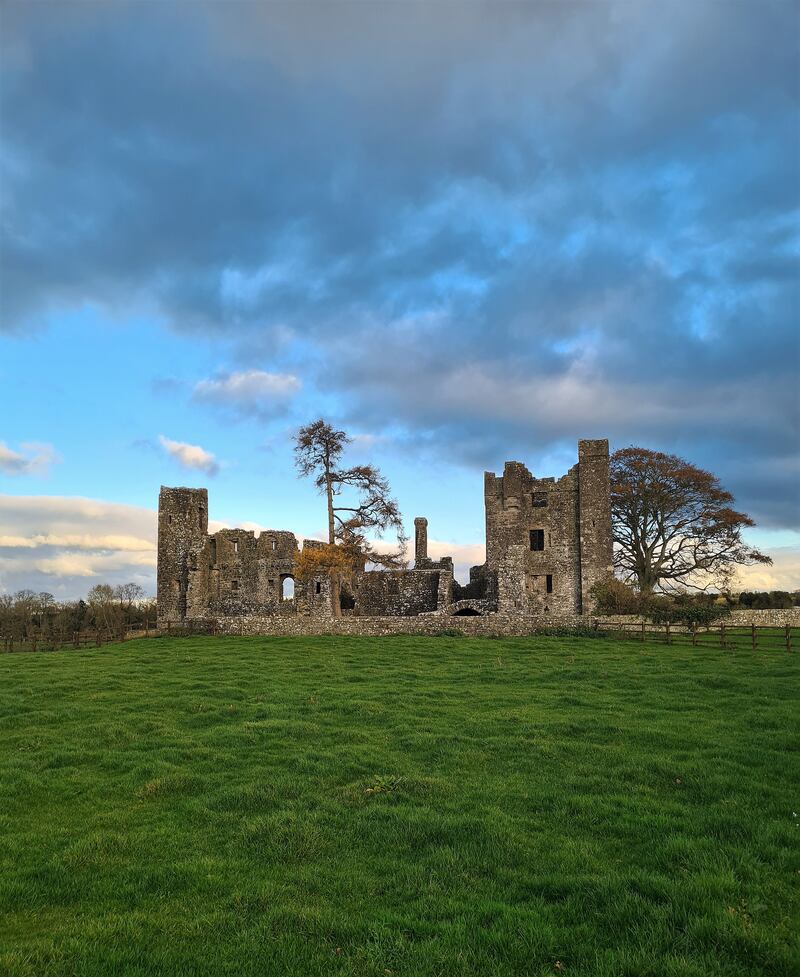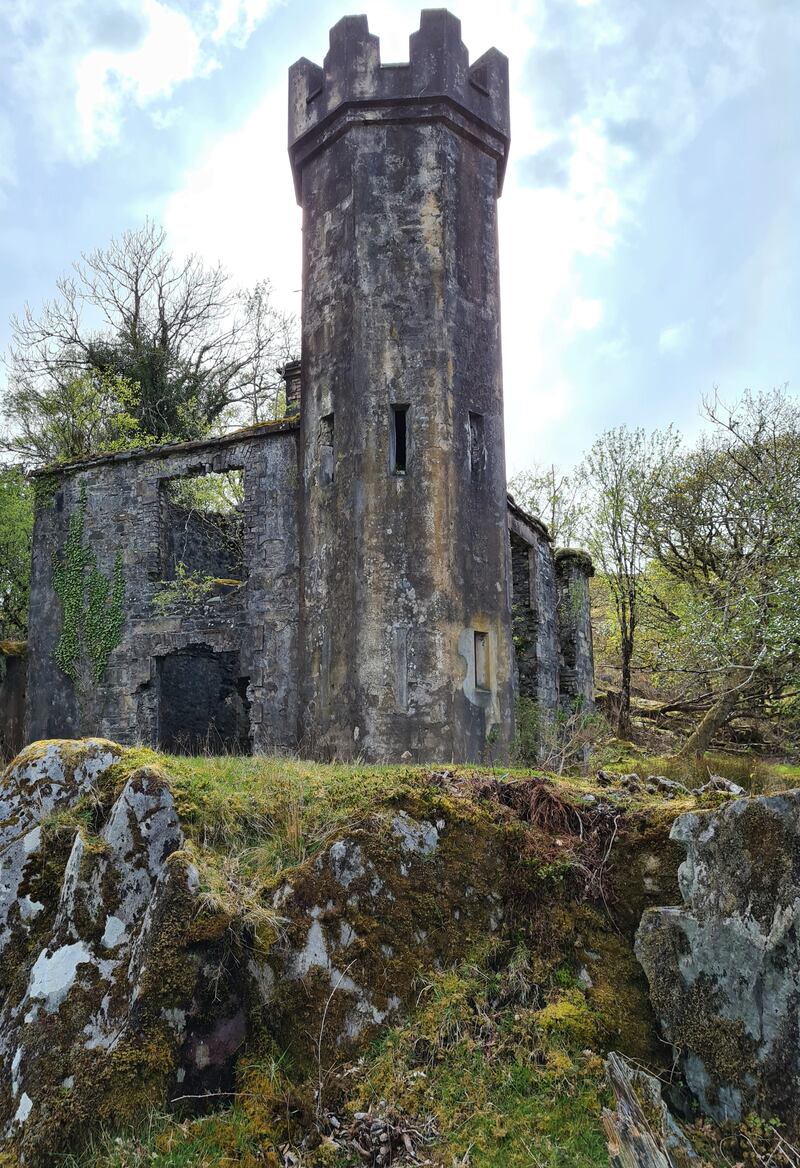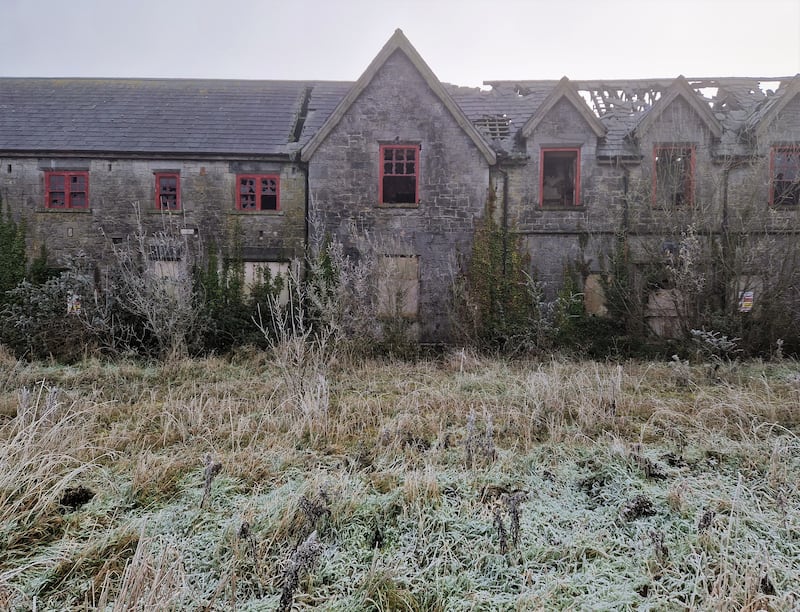On a recent evening in Dublin, I walked past a great five-storey building, a wonderful example of Victorian architecture at its most self-confidently ostentatious. Despite a palatial facade of red brick and terracotta tiles crowned by a Dutch gable with fanciful moulded pediment, this building was constructed for public service rather than private pleasure. It’s the Baggot Street Hospital, which, after some 150 years in operation, saw its doors close in 1987, although parts of the building were in use until 2019.
Since then, the property has sat empty and in ever-more serious disrepair (the HSE said recently conservation architects have been engaged to determine a future use). Passing it on that evening, I did what I always do on these occasions: I pulled out my mobile phone and took some photographs. Back in 2012, keen to share a long-standing passion for this country’s historic buildings, I set up a website called the Irish Aesthete. After a sluggish start, gradually and rather surprisingly, the site began to develop a following, both at home and abroad, and then spawned a presence on various other social media outlets such as Instagram.
Twelve years later, the Irish Aesthete has become known internationally, a resource to which architects, designers, historians and the curious from around the world return week after week as more material is added. Many regular readers get in touch, wanting to know more about the richness and diversity of our architecture across millenniums, often looking for information before they visit Ireland to see it for themselves.

Why should this be so? Right from the start, I recognised that, given the subject matter, anything I wrote needed to be accompanied by pictures. And, most importantly, by decent photographs. However, with no previous experience in this field – never even owning a camera – I opted to use my phone. I still do and, as the quality of these devices has improved over the years, so too – I hope – has the quality of my pictures. I’ve learnt to have a steady hand, which angles work best on different locations, how to frame an image and how to wait for the visual equivalent of a mot juste. But my amateur status remains: I’m a writer who takes photographs, not a photographer who writes.
Dancing with the Stars: dark and stormy end for Joanna Donnelly as meteorologist loses dance-off
Chris O’Dowd: ‘In Hollywood we felt very disconnected, very far away’
Fiachna Ó Braonáin of Hothouse Flowers: ‘I was quite disappointed by Bono. I don’t think Sinéad O’Connor would have done it’
‘Everything was fields when we moved here’: Adamstown, a 20-year-old Dublin town
Above all, I’m still curious and realise that there’s still so much more out there waiting to be discovered. Consistent posting on social media several times a week means I am always on the lookout for new (by which I mean old) material. Before setting out on any journey, I spend time investigating what sites might be explored en route, and preparing a list of potential stops. Sometimes the results are disappointing, but frequently there are unexpected and always welcome delights: a house spotted over a hedge or a monastic ruin in a nearby field.

Over the past 12 years, I’ve taken more than 100,000 photographs, but astonishingly there continue to be an awful lot more places to explore. The incredible variety of buildings on this small island and the quality of our historic architecture continue to excite me and I’m conscious that great swathes of the country have yet to be inspected. The Irish Aesthete covers everything across all 32 counties, from cottages to castles, abbeys to almshouses, glebes to garden follies. No aspect of our architectural heritage is overlooked.
One aspect of that heritage attracts the most comment from the site’s visitors: the extraordinary number of abandoned or ruinous buildings in Ireland. Almost 200 years ago, a German writer and geographer called Johann Georg Kohl visited this country and subsequently published an account of his journey. “Of all the countries in the world,” he commented, “Ireland is the country for ruins . . . multitudes of dilapidated buildings are to be seen in every direction.”
Not a lot has changed since Kohl came here, except that our stock of ruins has been amply replenished. Travelling around the country, it’s impossible not to see them, and to ask why decay and dilapidation of our architectural heritage should be so widespread?
When it comes to a particular category of building – the Big House – the argument often advanced is that the majority of the population feels no affiliation with or emotional connection to these properties, that they are symbols of an overthrown regime, that they represent privilege and misappropriation. There may be some validity in this proposal, but abandoned country houses amount to only a tiny fraction of national dereliction.

Why should a property like the Baggot Street Hospital, which, even if no longer suitable to meet its original function, not be repurposed, rather than being left to fall into shabby disrepair? This is by no means a lone instance: on a trip around Ireland it’s impossible to miss an abundance of buildings of all kinds in various stages of decay. Take a town like Drogheda, Co Louth, which, with its extraordinarily rich stock of old buildings should be a tourist magnet. Instead, most of the historic centre has been allowed fall into an appalling decrepitude, despite ample legislation on the statute books encouraging both national and local government intervention.
Drogheda is a particularly egregious example of a national phenomenon: our consistent neglect of historic building stock. Almost every town in Ireland contains similar large numbers of properties falling further and further into disrepair. Why do we allow this? Do we all suffer from a collective blindness? Nobody can claim ignorance because at this stage, the facts are well known: Census 2022 indicated that there were 166,792 vacant homes in the State, while, last December, the GeoDirectory Residential Buildings report found that there were 20,780 derelict units across the country.
Dereliction happens because it is allowed to happen, because we allow it to happen. Our architectural heritage is a national asset that continues to be shamefully squandered, a valuable resource that too often we choose to waste. Whether in the countryside or in towns and cities, the failure to take care of our historic buildings leaves us all the poorer, it degrades our environment and further reduces what we bequeath to future generations.

The Irish Aesthete is as much a record of this reckless and unnecessary impoverishment as it is a celebration of what we still have. While I wish the site featured more of the latter and less of the former, it is an opportunity to honour the incredibly rich legacy we have been bequeathed by our forebears. And it provides a chance to acknowledge the remarkable craftsmanship of previous generations of Irish men and women, whether that be the delicate stone carving above the 15th-century doorway into Clontuskert Priory, Co Galway or ravishing plasterwork surrounding a grisaille painted medallion in the Royal Irish Academy of Music, Dublin.
In both these cases, the persons responsible for the work remain unknown, which somehow makes them even more precious. They demonstrate that the quality as well as the quantity of what has been passed down to us is astonishing, and deserves to be both better known and better loved. That’s why the Irish Aesthete continues to appear, week by week. Because the more widely our irreplaceable architectural heritage is recognised, the better its chance of survival into the future.
The Irish Aesthete: Buildings of Ireland, Lost and Found by Robert O’Byrne is published by The Lilliput Press
- Sign up for push alerts and have the best news, analysis and comment delivered directly to your phone
- Find The Irish Times on WhatsApp and stay up to date
- Listen to our Inside Politics podcast for the best political chat and analysis











